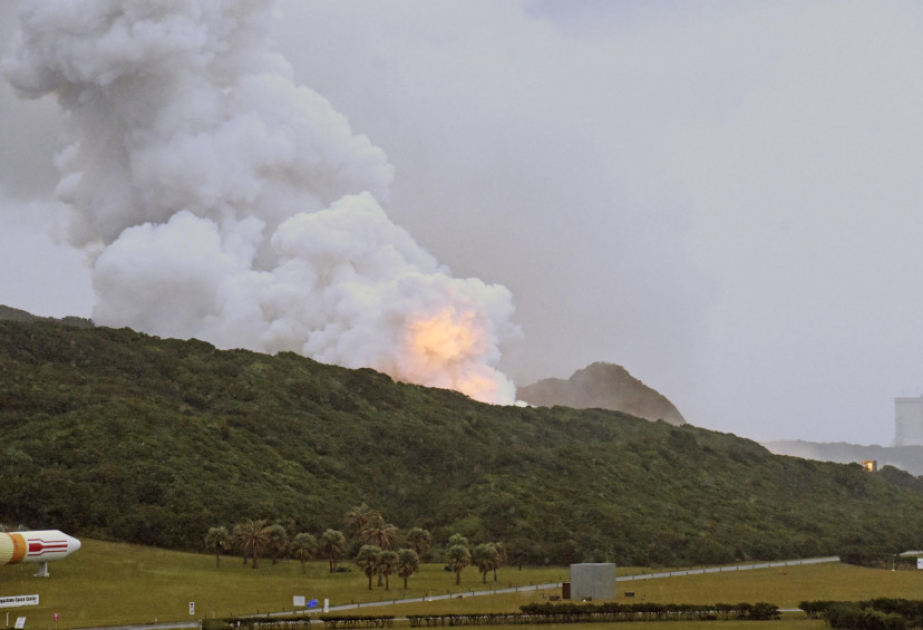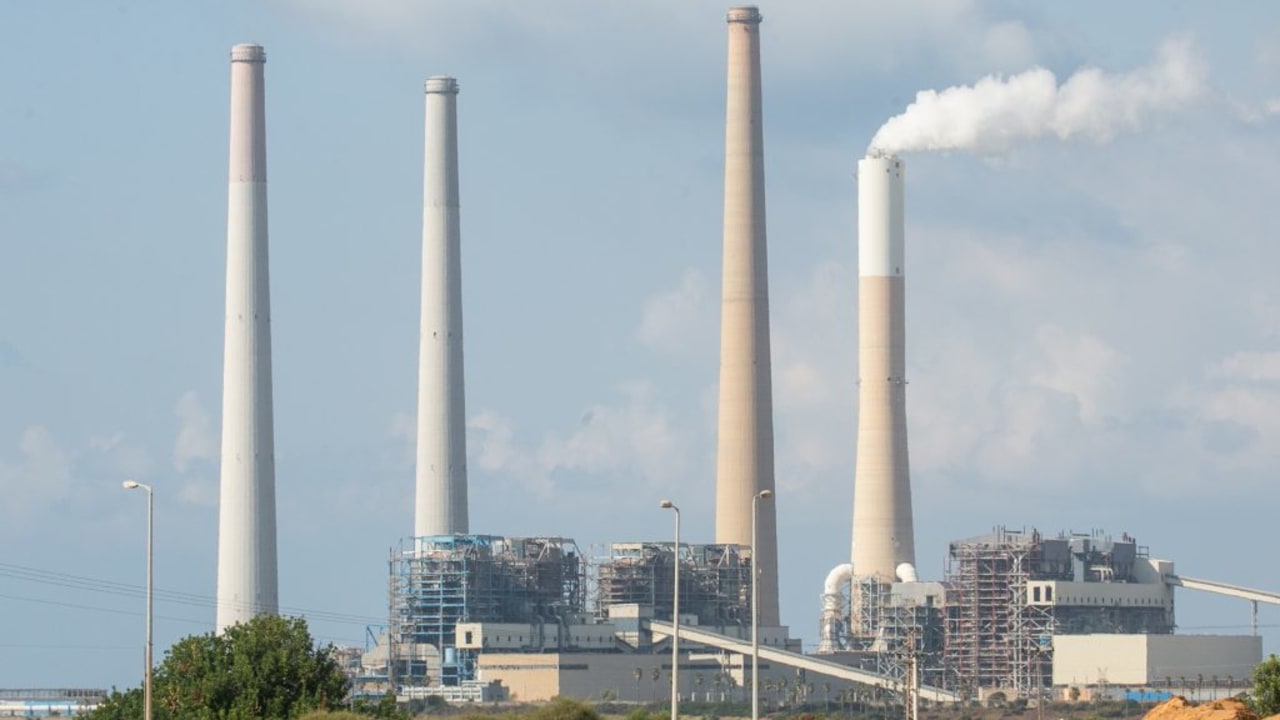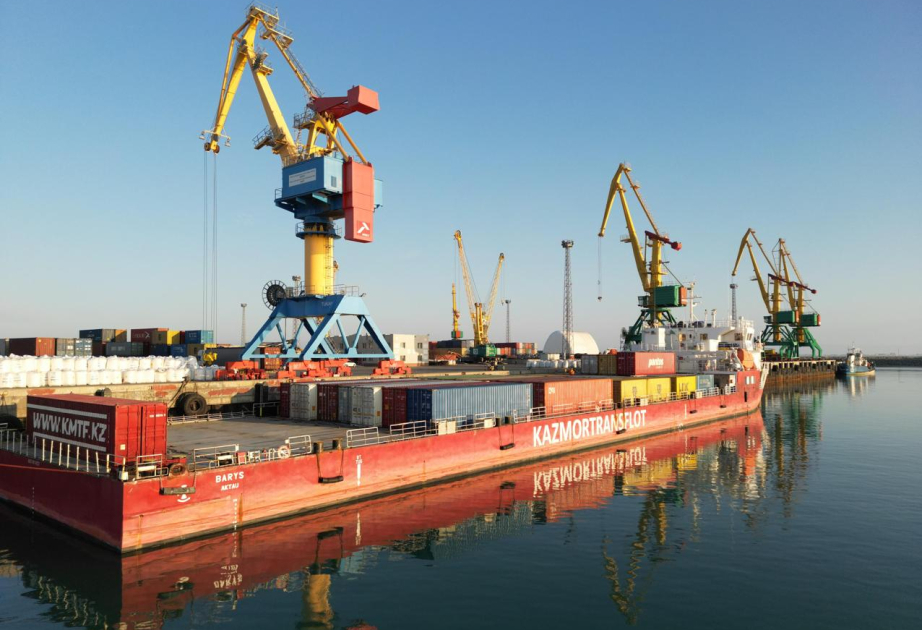A test of an engine for Japan's upcoming Epsilon rocket ended in an explosion on Tuesday (Nov. 26), the second time in less than two years that this engine has met an untimely end during testing, according to Space.com.
On Tuesday, a second-stage engine designed for the Japan Aerospace Exploration Agency's (JAXA) new Epsilon S rocket exploded some 49 seconds into testing at the Tanegashima Space Center in southern Japan.
The failure of the 10.5-foot-tall (3.2 meter) engine calls the Epsilon S's development timeline into question. The rocket was supposed to make its debut flight in March 2025, launching a Vietnamese satellite to orbit.
JAXA officials stated after the explosion that they would open an investigation into the engine failure. The cause is currently unknown.
"We are extremely sorry that we were unable to meet expectations," JAXA project manager Takayuki Imoto told reporters at a press conference following the explosion, according to Kyodo News. "We can learn from failure. We will take advantage of this opportunity to develop a more reliable rocket."
The Epsilon S rocket is designed as a satellite launcher and is intended to boost Japan's presence in low Earth orbit. Japanese government officials describe the rocket as a "flagship" vehicle for Japan's growing space sector.
"Development of flagship rockets such as Epsilon S is extremely important from the perspective of ensuring autonomy of Japan’s space development,' Japanese Chief Cabinet Secretary Yoshimasa Hayashi told reporters, according to the Associated Press.
JAXA has experienced a string of launch vehicle and spacecraft failures in recent years. A similar explosion occurred in July 2023 during a test of the Epsilon S engine at JAXA's Noshiro Rocket Testing Center, which destroyed the facility, according to The Asahi Shimbun.
Prior to that, a different Epsilon rocket failed during the nation's first orbital launch of 2022. The agency's new H3 rocket failed on its first test flight in March 2023, and its SLIM moon lander landed upside down on the moon in January 2024, cutting its mission short.




















